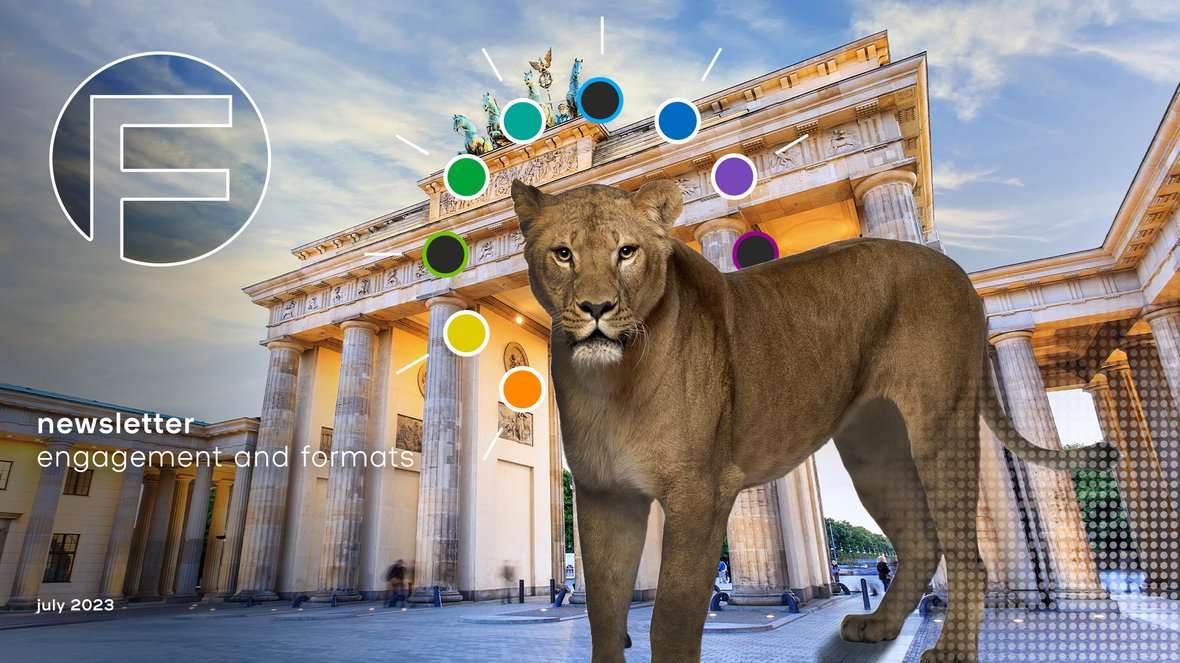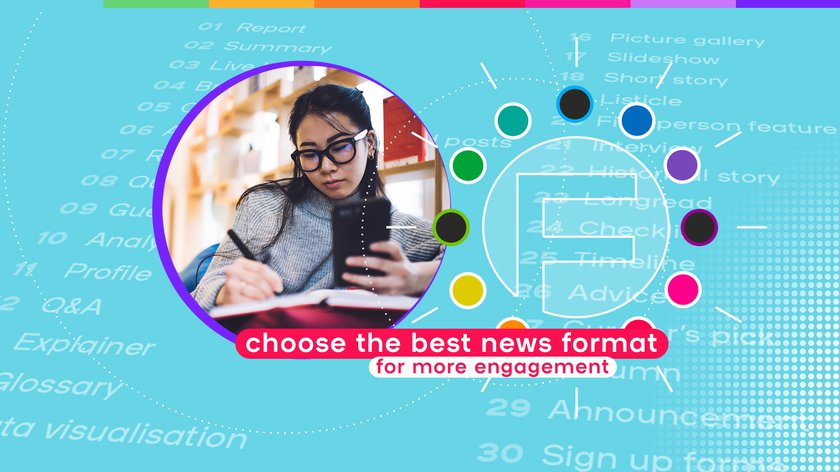Hello there,
During the summer, there are always stories that wouldn't make it into the newsrooms at full capacity. The intensive search for a supposed lion in the German capital, Berlin, perfectly fits that cliché.
It's the kind of story that can be approached in various formats. It could be a reportage, a live blog, or a photo gallery with similar photos of actual lions—almost anything you can think of has been done. Naturally, one might doubt the legitimacy of such attention, but it once again shows that journalism takes on as many shapes as the annual dangerous summer beast.
These various shapes are what we call ‘formats’, and our smartocto Academy team has put together 30 educational cards encapsulating the most popular formats.

